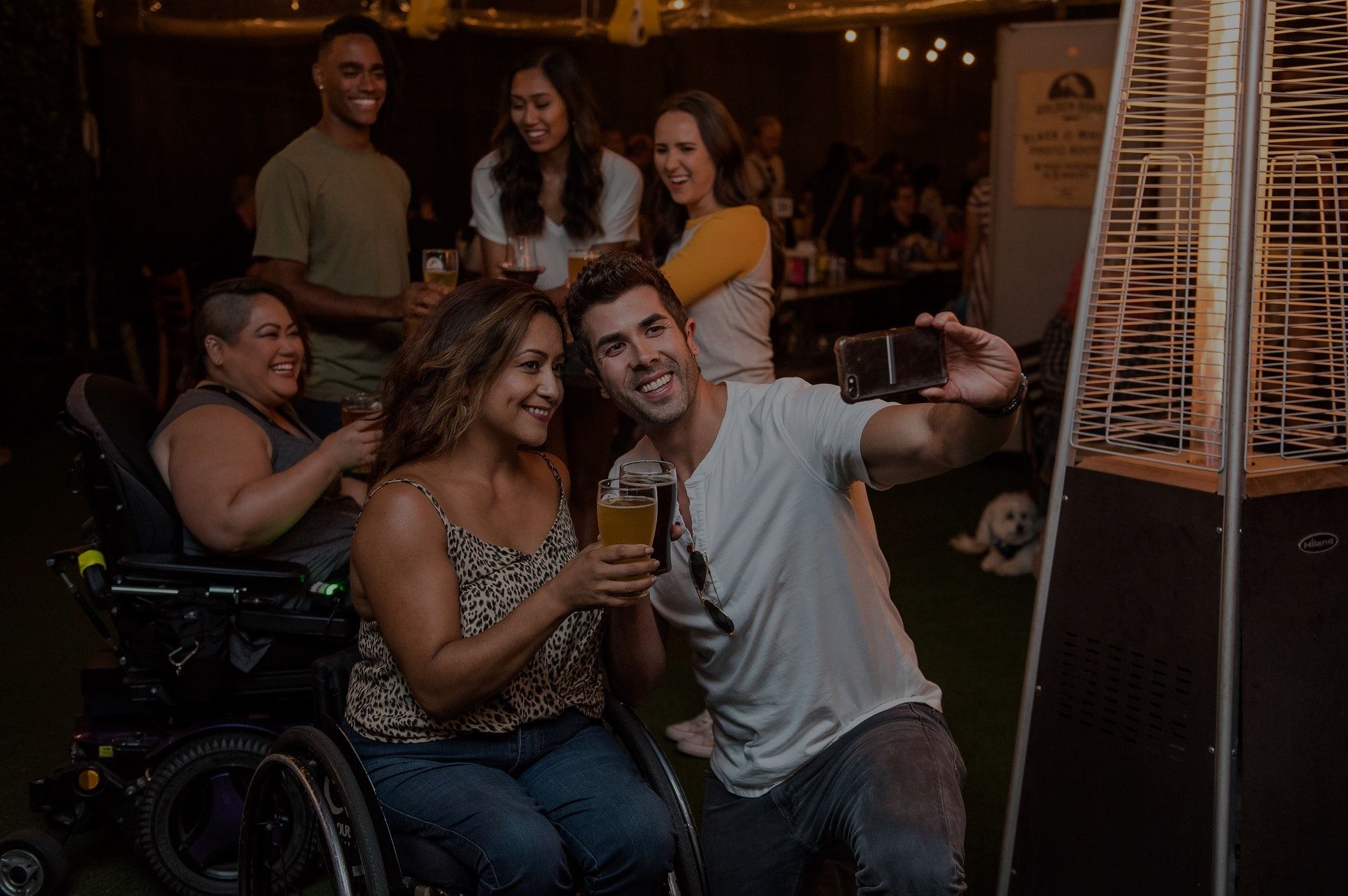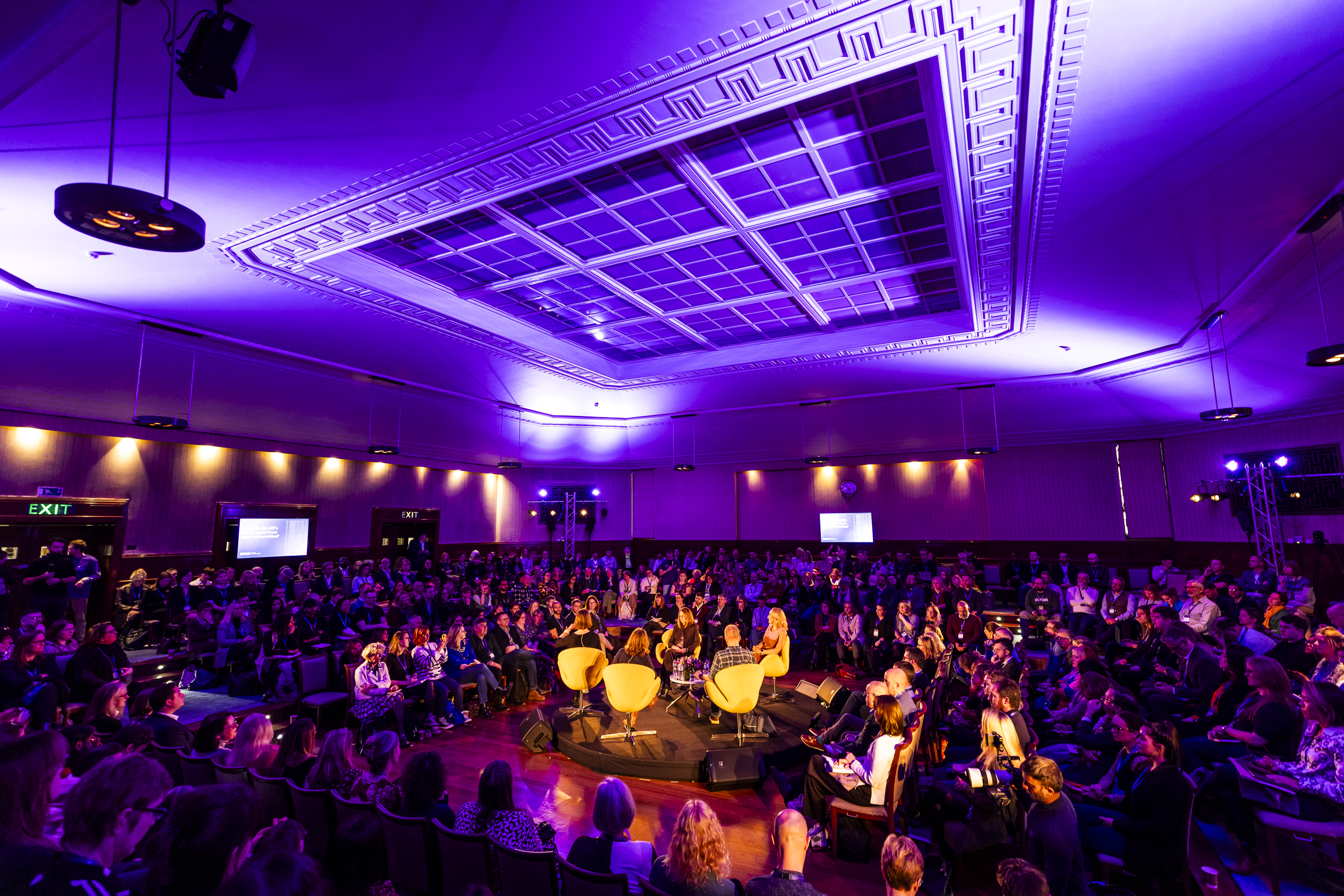It goes without saying that accessibility in the events industry is critical, but it’s unfortunately not always reflected in event design. In particular, as we move to staging more sustainable events, we need to make sure that we’re not letting accessibility fall by the wayside, and alienating attendees.
This panel from the first ever edition of Reset Connect welcomed Lizzy Eaton, Director at Oddity Events & Marketing, and Priya Narain, Event Sales Manager at KERB to the stage, with Megan Strahle, Sustainability Advisor at The Bulb as moderator, to discuss how we can balance key sustainability concerns with making sure the event experience is as positive and inclusive for all attendees as possible. Read on for their insights and key resources on staging truly accessible events.
Where is the field currently regarding accessibility in events?
The industry has come a long way in recent years, with much more emphasis being placed on considering the experience for all attendees. However, in many cases inclusion and accessibility is still a tick-box exercise, rather than a fully-considered process. We need to be really looking into what will make our events great for everyone, rather than doing the bare minimum to get by without scrutiny.
Virtual events have proliferated over the past few years, which is both a positive thing and a pitfall, as it allows companies to feel they're off the hook. These events can be great as they allow attendees to participate and attend events without having to travel or be in situations where they don’t feel comfortable; however, it’s been a steep learning curve and there are ongoing issues with virtual events not providing the right situation for attendees, which we'll look at more closely below.
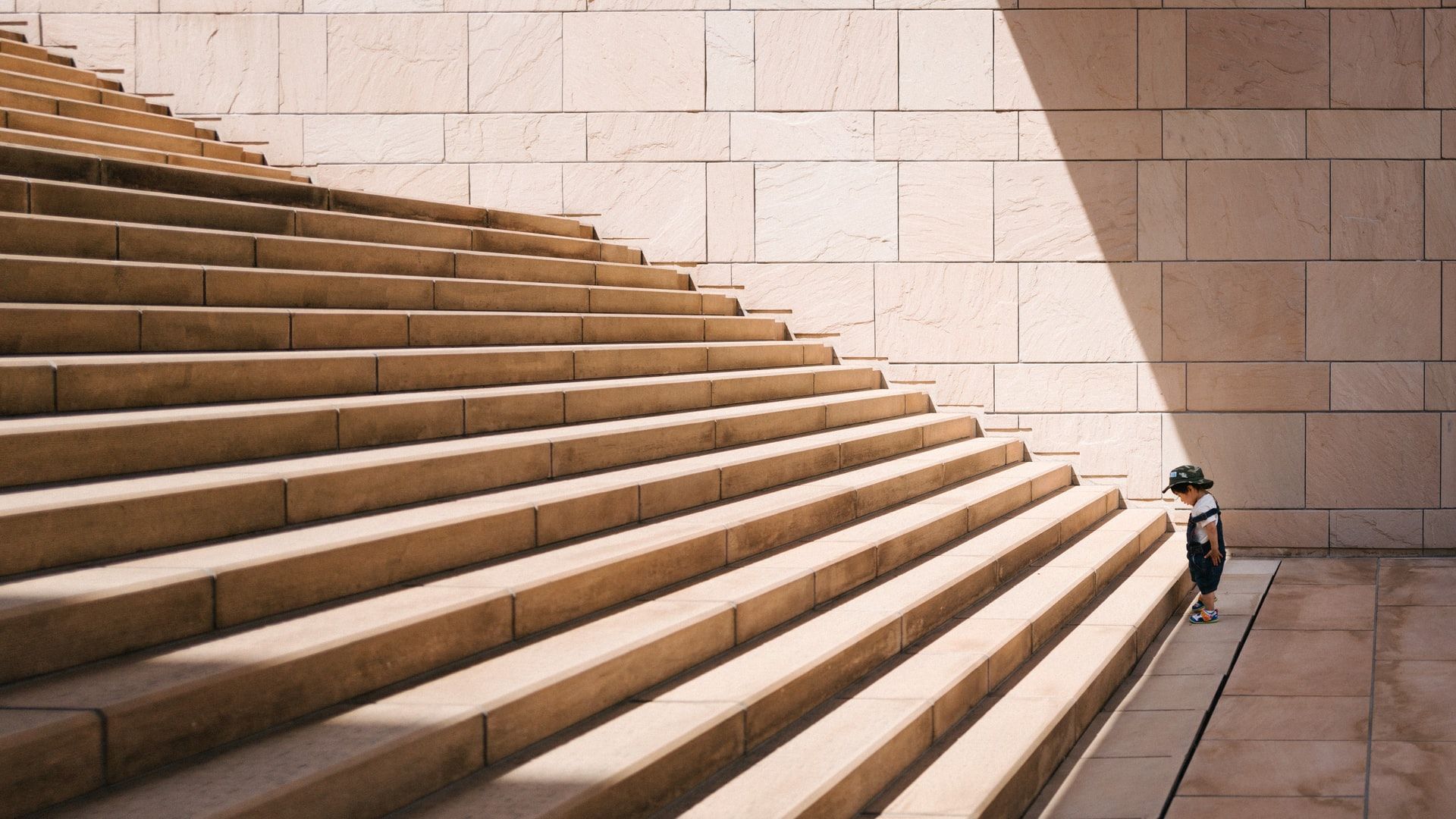
Where do we start with making events inclusive?
Firstly, there’s nothing wrong with admitting that you don’t know exactly where to start. Asking for help is a great way to learn and gain inspiration from others in the industry, and it’s always best to have several minds working together, all with different backgrounds and perspectives.
The most important thing is that you take responsibility for the gaps in your knowledge and do something to fix them! Ask your networks for advice on accommodating everyone, or look to online influencers, and listen to the experiences they can share. A word of advice from the panellists, however: don't keep asking the same people in your networks to share their experience and advice, as this puts pressure on already-marginalised individuals to relive potentially traumatic experiences for your benefit. Check out the resources at the end of this article for more advice on other places to go to for help or guidance.
"Nobody's expecting you to solve every single problem that you're going to face when it comes to accessibility at events. The key is that you've done the work to make it easy for people to tell you what they need." Lizzy Eaton
Additionally, it’s hugely important to acknowledge when you’ve made an error, and to work on rectifying it and ensuring it doesn’t happen again. Recently, singer Lizzo came under fire from fans on social media for including an ableist slur in her latest release. In response, Lizzo removed the song from Spotify and re-recorded it without the slur. She received praise for the manner in which she handled the situation, instantly removing the original version and putting out an apology to all who might have been affected by the offensive comment.
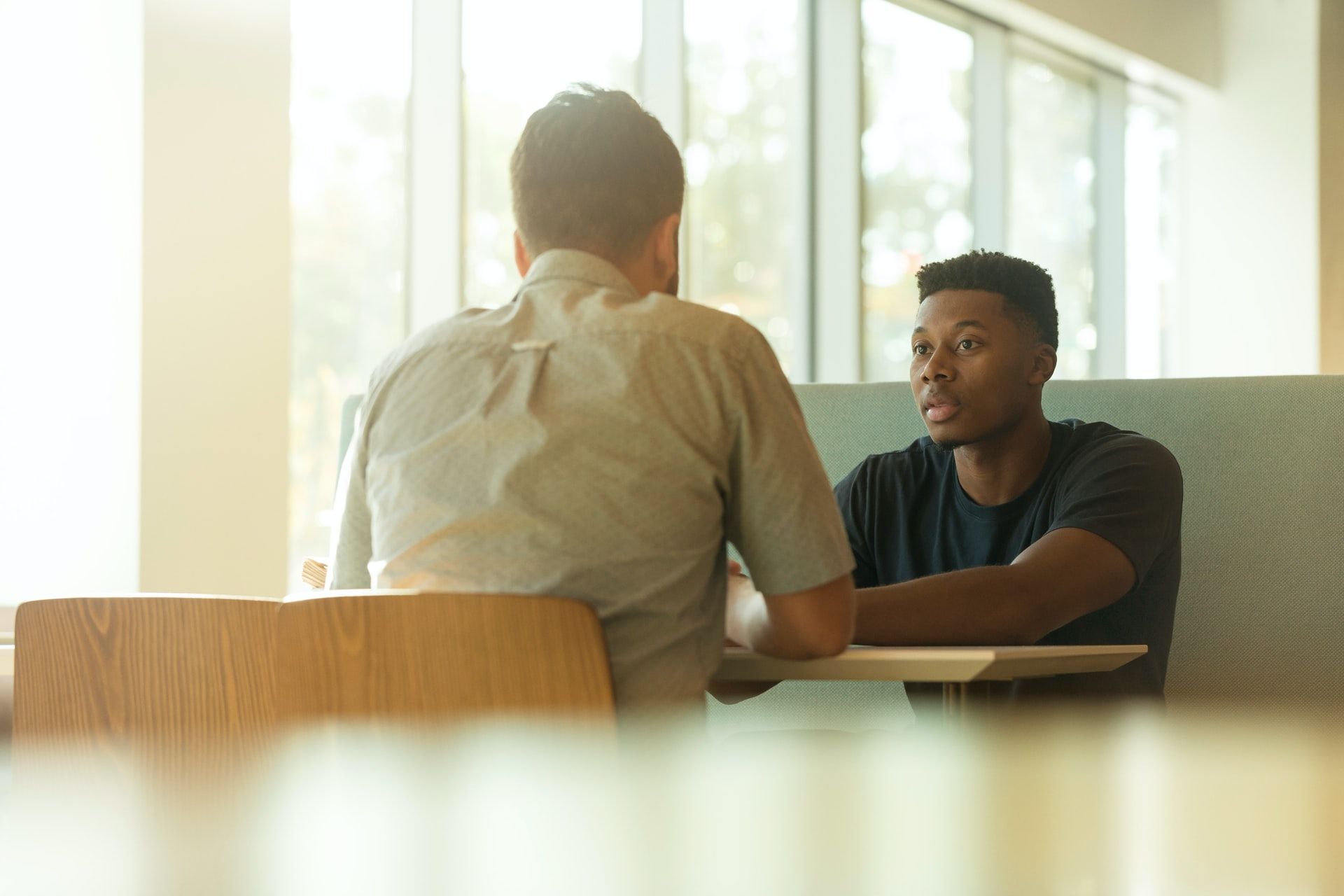
How do we work accessibility and inclusion into event design?
The basic principle of inclusion at events is that attendees should have access to the same experience at your event, regardless of age, ability, gender, or any other factor. This means that you need to factor in any barriers that might make it harder for certain attendees to attend or participate in your event.
Put yourself in the shoes of someone else attending the event when thinking about how you want them to feel on the attendee journey. For instance, someone using a wheelchair should be treated the same as someone not using a wheelchair, from using the same entrance rather than having to use a separate back entrance, to having servers and registration assistants positioned in front of desks rather than only behind them, to avoid attendees in wheelchairs having to lean across tables. Check out our article on the future of accessibility and inclusion in events for more guidance on this.
Remember that not all disabilities are visible: attendees with autism, ADHD, or other invisible disabilities will also have requirements that dictate how they experience the event. Do your research and consider aspects like lighting and music to create an inclusive environment, and make sure everyone feels welcome at your event. Having a safe space for attendees to go if they get overwhelmed, is a good example of a simple addition that can hugely improve the experience for attendees.
For examples of often-overlooked flaws in space design, Purple Tuesday highlights experiences of people with disabilities in retail environments, which can provide useful context for event organisers.
"Reach out to people in your network who have put on events you admire, and ask them what they did. The worst that can happen is they don't share their advice, but at least you've asked." Priya Narain
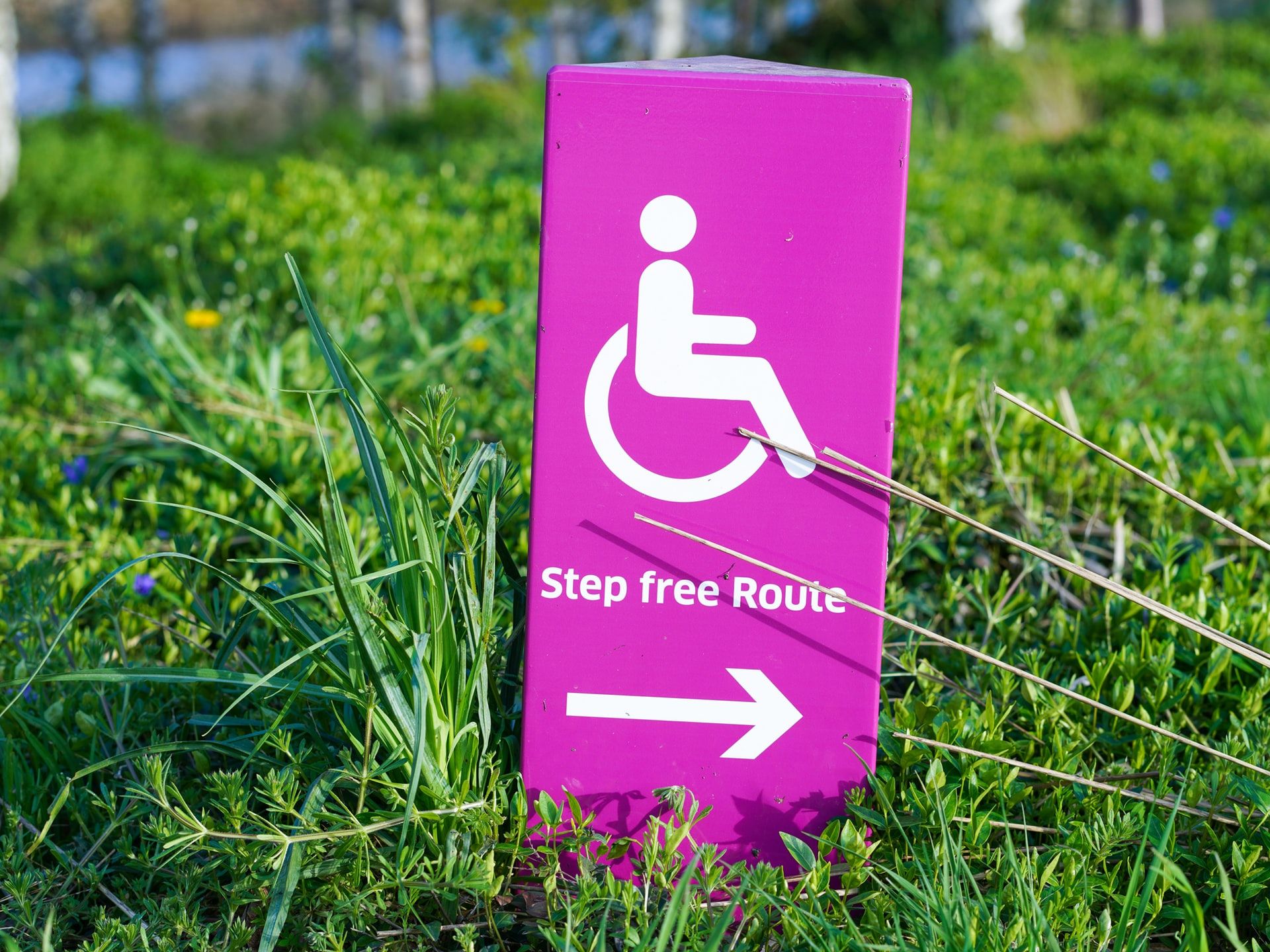
Virtual events also need to be accessible
With virtual events, too, bear in mind that attendee requirements shouldn't be an afterthought. Delegates may require subtitles - or the ability to turn them off - or translation into another language or sign language. Using the platforms themselves can also present problems as some registration platforms aren’t accessible to screen readers, meaning certain prospective attendees are barred from the outset. Even if your event isn't physical, you need to think about the barriers that might be faced by attendees, and try to minimise these where possible.
How does this intersect with sustainability?
Sometimes, sustainable choices can come at a cost to attendees with disabilities, and it’s on all of us to be aware of potential stumbling blocks before they arise. Prime examples of this include the choice to remove carpets from event floors in the interests of sustainability, which can make it difficult for attendees with hearing impairments to hear and participate in the content and networking.
Alternatives that bridge the gap between being planet- and people-friendly include renting carpets from companies like Floorex, or staging your event in a venue that already has carpeting in the spaces you'll want to use.
Similarly, removing large signage in favour of an event app may make the event more sustainable but brings difficulties for some attendees who need touch points around the venue. Consider whether your signage can be printed onto recycled boards that you can use for future events as well. Alternatively, the venue may be able to offer electronic screens for signage - it just requires a little thinking outside of the box!
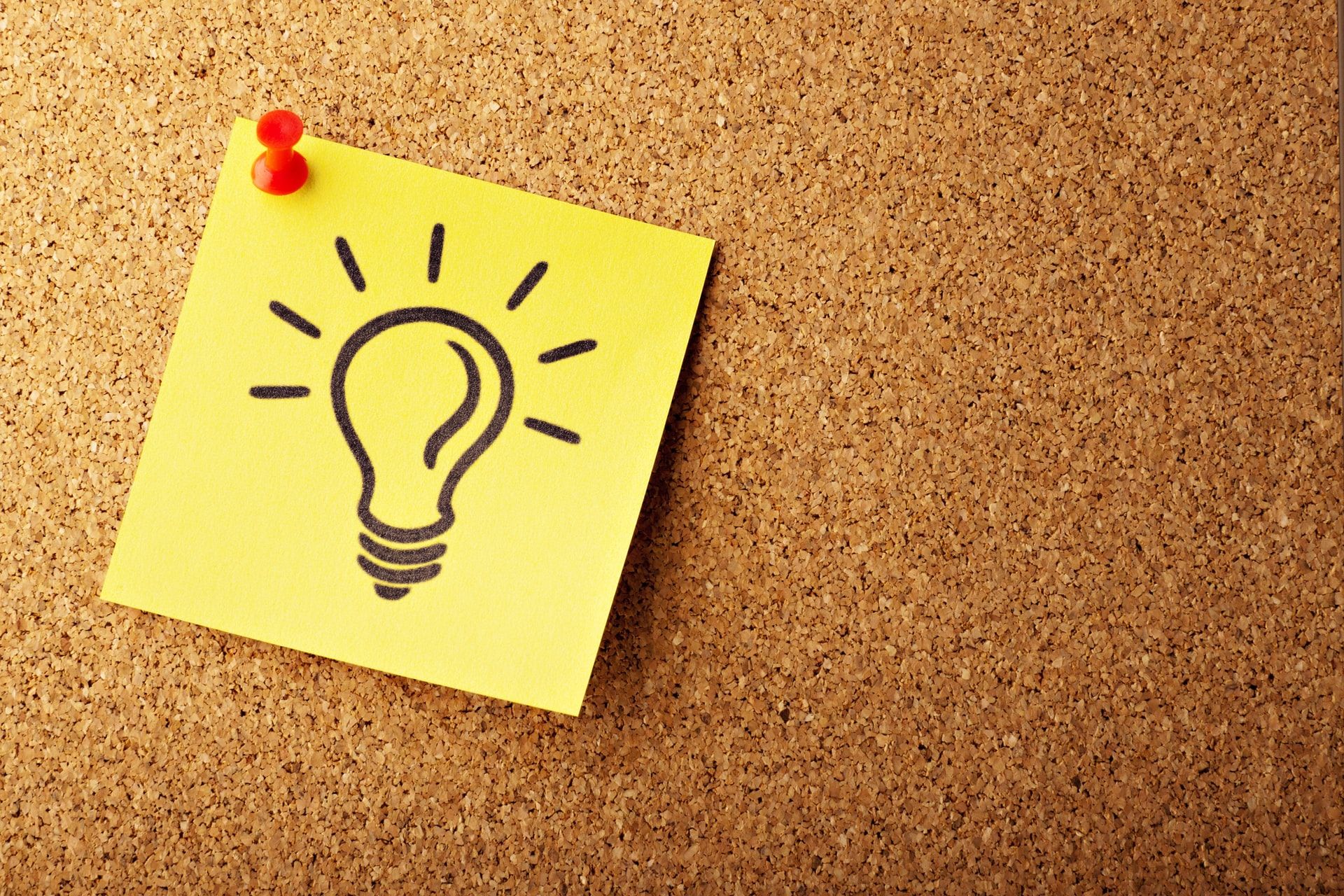
How can we do better?
The most critical thing to remember is that you can’t preempt every requirement, and your attendees will know best what they need to make the experience positive. The best way to get an insight into this is by simply asking attendees in advance of the event about any accessibility requirements they might have so you can put measures in place to support everyone at your event. As long as you put in the work and listen to what your attendees need, you’re on the right path.
Make it easy and safe for all attendees and speakers to provide their responses, for instance with an anonymous form, as some attendees may not be comfortable disclosing sensitive information in case it's seen by other attendees. At the very least, reassure attendees that any details they provide will be treated with confidentiality, and follow through on this promise. Once you've implemented the areas attendees asked for, go back to your walkthrough in someone else’s shoes, and check that you've provided what's required.
"It’s really, really important to ask questions. Don’t be afraid to get a little uncomfortable as this is where real learning comes from." Megan Strahle

Tips from the panellists on where to start with improving accessibility at your events
- Really walk through your event and consider it from every angle you can think of. What will your attendees see, hear, and feel? Is the music too loud for someone who might be more sensitive to auditory stimuli? Are the lights overly bright? Are there ramps or lifts at any points where the floor isn’t even or there are steps hindering full access to areas of the event?
- For virtual events, or events incorporating a virtual aspect, do you have subtitles that can be turned on or off, based on the attendees’ choice? This is critical to creating events that everyone can engage with and be inspired by, without having to overcome barriers.
- Always ask your attendees what they need so that you can meet those needs at the event. It's no use waiting until the day to find out that some guests have access requirements - be prepared to give everyone the welcome they deserve.
Resources
- AccessAble - provides information on venue accessibility across thousands of venues in the UK and Ireland
- Attitude Is Everything - promotes access to live music for deaf and disabled people
- Braille Signs - creates Braille signage for venues
- Braille Works - provides Braille transcription (US and Canada only) and text-to-speech services
- Business Disability Forum - recruitment resources and accessibility training in business and beyond
- Disability Rights UK - guidance on services and resources for disabled people in the UK
- Diversity Alliance - promotes diversity in the events industry and beyond
- Equality and Human Rights Commission - provides guiding principles to ensure everyone is being treated fairly
- Eventwell - safe spaces provider at events and wellbeing education
- Event First Steps - supporting new starters in the events industry
- KUDO - live subtitling in multiple languages
- Purple Goat Agency - disability-focused marketing agency championing representative advertising
- Purple Tuesday - highlights the experiences of disabled people in retail spaces
- Royal National Institute of Blind People - supporting blind and visually-impaired people with resources and advice
- Royal National Institute for Deaf People - supporting and promoting inclusion for people with hearing loss
- Spectrum Speakers & Entertainers - promotes speakers and performers from groups that are underrepresented in events
- Stress Matters - workplace wellbeing and mental health training
- Wayfindr - provides audio navigation to help blind or visually-impaired people find their way through indoor environments
The Speakers

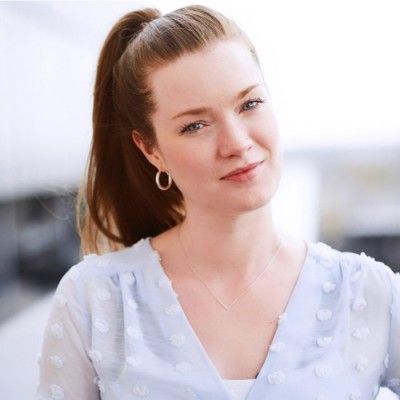

Events are the physical representation of your brand and failing to acknowledge and engage with accessibility can cause a great deal of damage to a company’s reputation. Your event legacy should be one of inspiration and empowerment, so it's vital to make sure everyone's experience is positive.
If you're interested in learning more about making your event experiences safer and more welcoming for all your attendees, check out our content on accessibility and inclusion in events. For more guidance on sustainability, read our other sustainability content below, or check out the other sessions from Reset Connect.
Author

Jessamy Cowie
Jessamy channels her passion for sustainability and cultural events into shining a spotlight on innovation and inspiration in the events world, and heading up Hire Space's sustainability committee.
